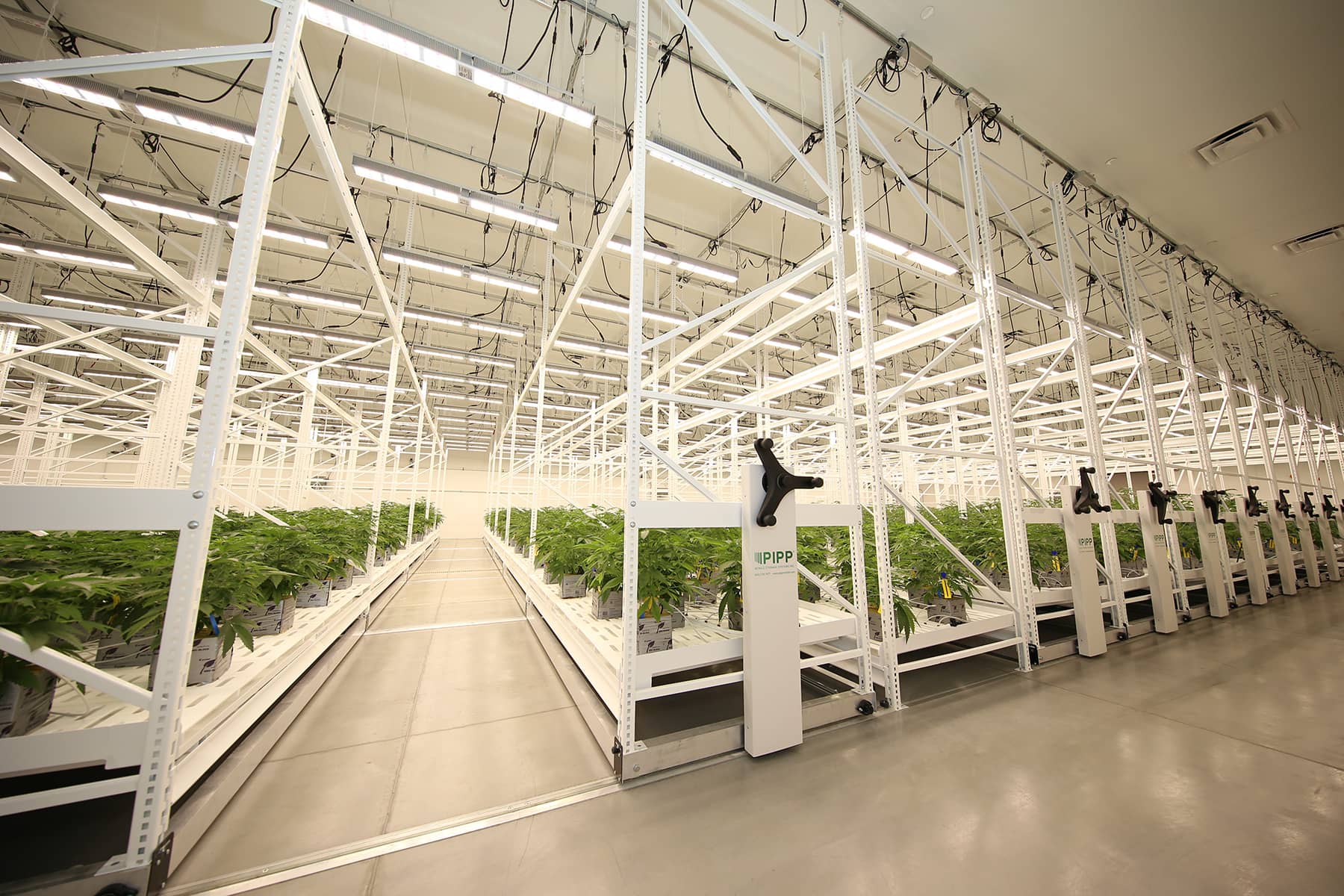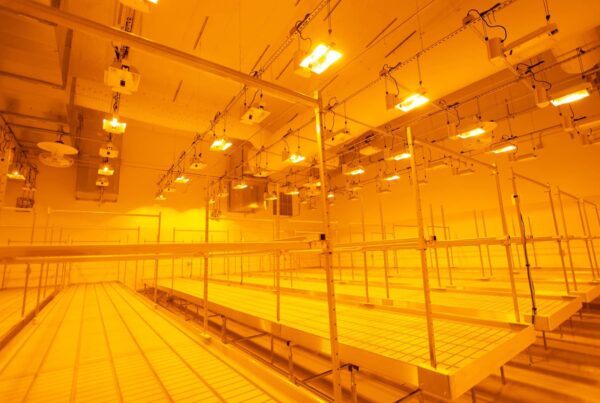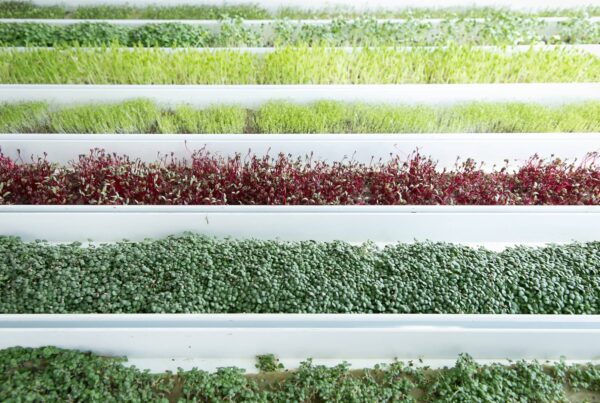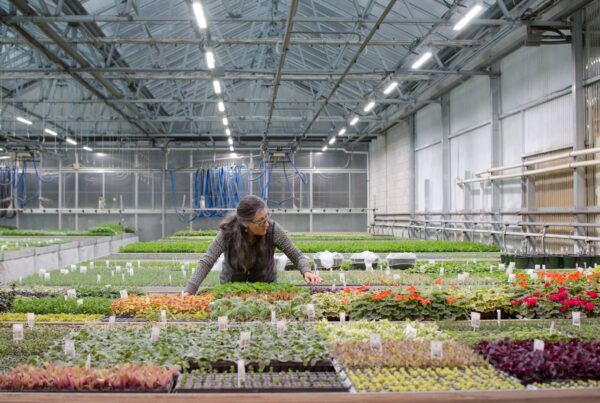Reduced energy consumption, increased performance, and utility rebates are incentives
Conducting a retrocommissioning study on a controlled environment agriculture (CEA) facility is a multi-stakeholder endeavor involving everyone from ownership and facility operators to architects, engineers and equipment suppliers. Together with a retrocommissioning agent, indoor farmers and their team set out to identify operational inefficiencies, system upgrade opportunities, and utility and government incentives and grants to help them maximize their energy efficiency and productivity.
It can be difficult for CEA operators to find the time to conduct a total systems and operational review, but doing so can yield rapid returns on investment.
Here’s why it may be time for you to consider conducting a retrocommissioning study on your indoor CEA operation.
Commissioning vs. Retrocommissioning
The commissioning effort, ideally, begins before a CEA facility becomes fully operational. According to Resource Innovation Institute’s (RII) Facility Design & Construction Best Practices Guide, “Commissioning activities confirm that the final construction and installation and programming of equipment meet the original design intent and owner’s project requirements for the facility.”
“Retrocommissioning, then, would be the effort you would apply to an existing building to identify ways to improve operations, improve efficiency, reduce energy consumption, and reduce operational challenges,” says Luke Streit, a project executive at IMEG Corp.
The retrocommissioning agent will identify low-cost ways to improve operations and upgrade systems to extend their usability. In some cases, agents will suggest which long-term capital investments that could further improve facility efficiency and productivity should be prioritized, although this is not always part of their findings.
Benefits of Retrocommissioning
Retrocommissioning allows CEA operators to identify ways to better integrate systems controls and streamline operations to increase resource efficiency. Even seemingly small ways to reduce wasted energy can have an outsized impact on an operation’s bottom line.
Jeannie Sikora, a Senior Energy Engineer at CLEAResult, remembers a project at a cut-flower operation in Vancouver, British Columbia, where her team worked with the customer to adjust lighting controls “so the lights didn’t pop on when a passing cloud came by on a sunny day. The greenhouse saved about 1 million kWh in that first year just by adjusting control logic.”
Retrocommissioning also can pinpoint energy-intensive systems and identify ways to reduce their impact on your energy bill. For example, a retrocommissioning agent might identify as a long-term priority that a CEA facility swap high-intensity discharge (HID) horticultural lighting fixtures for high-efficiency LED systems, leading to as much as 40% in energy savings. These lights also can result in better crop performance.
“The technology advancement and science behind horticultural LEDs has come such a long way,” says Thomas Lor, an engineer at Southern California Edison. “There are many case studies and university studies across the nation that support the use of LEDs as a superior technology to HID on many levels, including energy efficiency, safety, and crop yield/quality. They have shown that LEDs provide the same or better yield and quality than HIDs.”
Incentives
Upgrading lighting or HVAC systems to reduce power load can be a capital intensive project. Thankfully, there are more utility incentive programs and energy efficiency grants available for CEA operators than ever.
Lor shares that a qualifying 10,000 square foot cannabis cultivation operation upgrading from HID lights to LED fixtures can see their utility partner offset up to 50% of the incremental price difference (the difference between the more efficient fixture and the HID equivalent). In addition to the energy savings and utility offset, “the heat output that those HID fixtures previously generated is dramatically reduced, since LEDs run much cooler” Lor says. “This means your HVAC systems typically have to do a lot less work to cool the same space. As a result, you can realize anywhere from 10%-25% of additional energy savings from your HVAC side just by switching the lights.”
Lor advises that CEA operators speak to their utility provider early and often to see what incentives they may be available for energy efficient system upgrades, as many utilities are looking to partner with their customers to reduce strain on the energy grid.
Certain programs will also help offset the cost of a full retrocommissioning study–or even parts of it. For example, utility programs that offer strategic energy management (SEM) programs might foot the bill for an engineer to take a deep dive into a facility’s environmental control software and make recommendations for energy improvements. “Indoor ag customers often find a lot of value in SEM programs because they have technical support for focusing on energy efficiency–when their usual day-to-day focuses on growing the crop,” Sikora says.
In addition to utility incentives, government grants and loans may also help producers fund energy improvements. At the federal level, Rural Energy for America Program (REAP) “provides guaranteed loan financing and grant funding to agricultural producers and rural small businesses for renewable energy systems or to make energy efficiency improvements,” according to the USDA. These also apply for new energy efficient equipment and new system loans for agricultural production and processing, further bringing down the capital cost for CEA operators.
Cost & ROI of a Retrocommissioning Study
The cost of retrocommissioning for a CEA facility is more than for a commercial building as CEA operations leverage complex mechanical, electrical and plumbing (MEP) systems. In addition to the financial cost, there also is a significant time investment.
Operators should expect several weeks of reviewing design plans with their retrocommissioning agent before they even arrive on site, Streit says. “Once you’re on site, depending on the size of the operation, it’s going to be several weeks to go through systems and equipment, and then a couple of weeks on the backend to develop a report and put together findings. All said and done, it’s probably a couple month process.”
But the return on investment can be seen in under 12 months, per Sikora, because “the retrocommissioning focuses on optimizing existing systems and controls and usually doesn’t require a lot of capital. So, it can have a very quick payback because the cost is generally relatively low compared to capital improvements.”
“But that is going to depend on your starting level of automation and your ability to make programming changes,” she continues. “If you’re starting out without a lot of automation, you won’t be able to implement as many changes” without equipment upgrades.
With the current availability of utility incentives and grants for system upgrades, even the cost of upgrading lighting fixtures and HVAC systems can be offset by 50% or more, depending on the crop your facility grows.
If you are seeking utility incentives for capital improvements, growers would be advised to act “with some urgency,” Sikora says, “because codes and standards are continuously moving and as efficiency baselines shift upward, incentives tend to go down.”
The experts agree: There’s no better time than now to conduct a retrocommissioning study. Check out Resource Innovation Institute’s Facility Design & Construction Best Practices Guide here for more on retrocommissioning your CEA facility, and other tips and best energy and efficiency practices.






